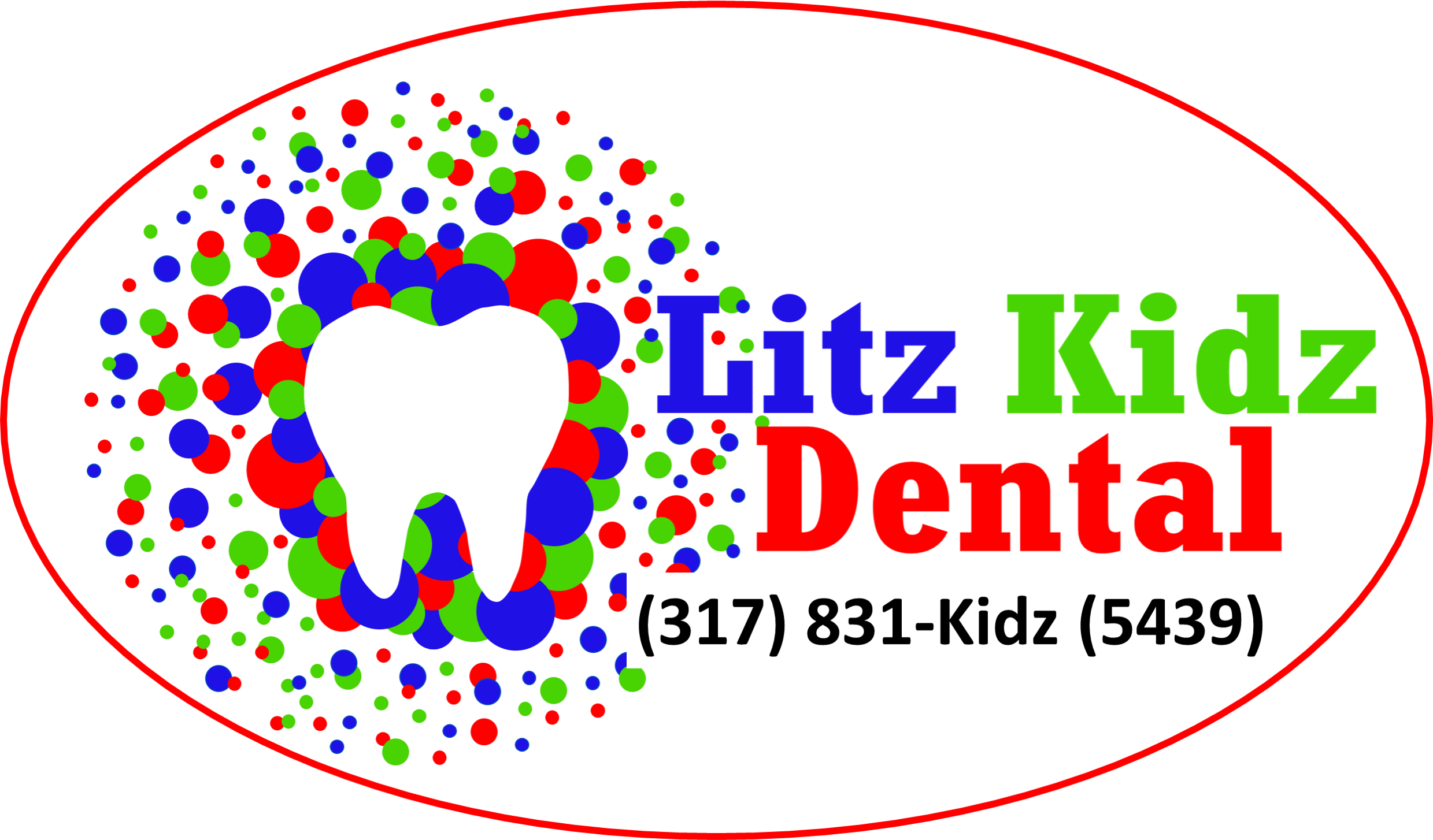
Pre-School Children are known to be difficult or what I like to call, “Spirited.” This is the age of independence by them saying, “I do it.” There are many things to consider during this stage of development and dental health. A pre-school Child is getting their last molars between the ages of 2 and 3. It is important the child begins to brush his own teeth with toothpaste. This is how he learns, but a parent should always follow up with brushing while “checking to see what a great job the child did.” This allows the parent to brush any areas that are missed by the child and to provide positive reinforcement. There is no way a 3 year old has the dexterity to thoroughly brush all the teeth.
Helpful hint: How to brush a 1-3 year olds teeth. The parent sits on the toilet seat lid with feet apart. Have the child’s back towards you so the child is facing away from you. Put a fun poster on the ceiling to redirect the child’s attention. Tilt the child’s head back, cradling it in your left arm. Brush teeth with right hand. The index finger of the left hand can be used to hold the lip away from the teeth.
When to visit the dentist. The first visit should occur soon after the 1st birthday. By this time, there could be 12 teeth in the mouth and there is a lot for parents to know.
- A baby should NEVER go to bed with a bottle or fall asleep at the breast. This causes Early Childhood Decay and puts the child at high risk for a cavity. This is a set pattern of cavities forming on the top front teeth. This can also occur by putting an child to bed with a sippy cup with juice or milk (plain water is fine). Children DO NOT need fluid through the night. Don’t start bad habits. They are hard to break.
- Pacifiers are wonderful adjuncts to help soothe a crying child. They are also a better choice to a thumb habit. Use pacifiers only when the child is fussy, not just because it is available. Pacifiers can be damaging to the shape of the mouth and the alignment of the teeth. The usage of a pacifier should stop by the 2nd birthday. There are 2 options in accomplishing this:
a) Just take the pacifier away. Throwing them out as to not be tempted to give in during a child’s fussy period.
b) Lose all of the pacifiers except one. With the one left, cut off the very tip of the nipple (1/8 inch) off and give it to the child. Each night cut off a little bit more, giving it to the child as if nothing is changed. Eventually the child should give up the pacifier on his own when it no longer gives him comfort because it feels different. You may have to cut the nipple down until almost nothing is left.
Pick the method which best fits your “parenting style.”
- Lastly, diet and nutrition are very important for a healthy mouth. If a toddler has a cavity, it is the fault of the parents/caregivers, NOT the child. Parents can teach their children to be “healthy eaters” or “junk food eaters.” It is up to the parent not to introduce junk food for fun-e.g., CocaCola to a 1 year old. Of course children will always like the sweet tasting items.
White milk is so important during the toddler years because all the adult teeth are forming. The calcium and phosphorus in the milk will help strengthen the developing permanent teeth which will help prevent cavities later. Beware of juices. They contain citric acid which causes cavities especially between the teeth. For more information on nutrition for your pre-schooler, please contact our office.
